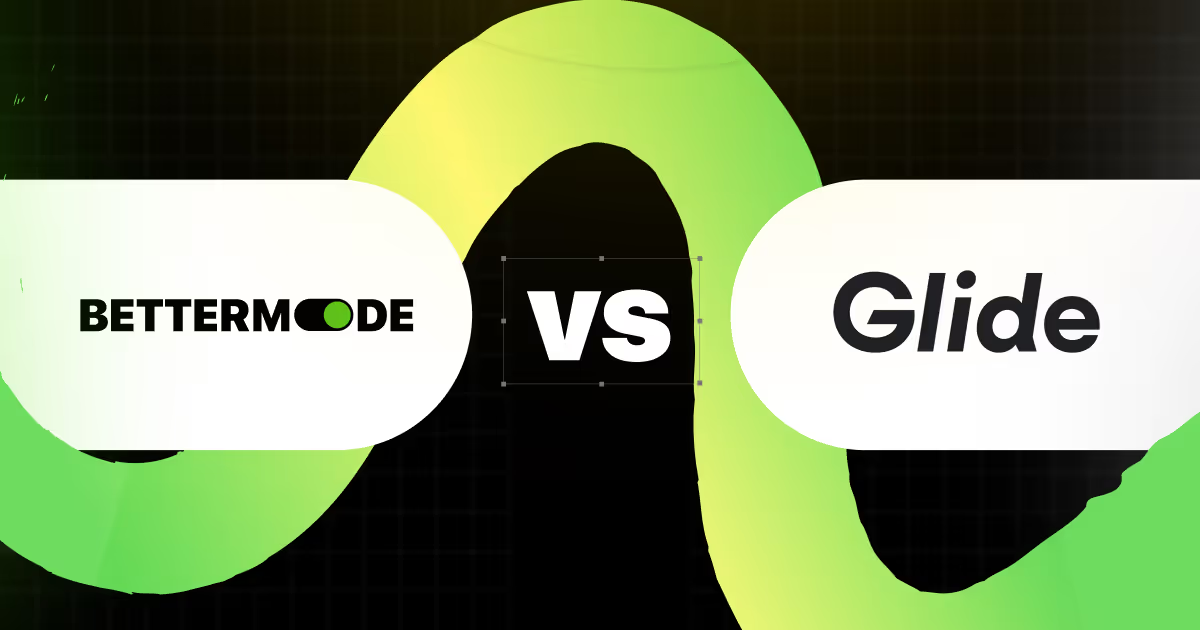Optimizing Community Growth: Strategies for Every Life Cycle Phase
.avif)
The community life cycle has various interpretations -- especially considering web communities have existed in different forms since the beginning of the internet. In this article, we're primarily focusing on an external-facing branded online community.
At Bettermode, we have launched several large and small communities by closely partnering with our clients.
And with the experience of launching and growing communities, we have identified common stages in the community life cycle. This guide on the community life cycle is based on the following five stages: Development, Inception, Expansion, Maturity, and Autonomy.
The success of any community largely depends on understanding these stages and meticulously planning action items for each phase. A large number of communities fail because of the disorganized execution of various plans. Without a clear blueprint, simply trying out different ideas won't result in a thriving community.
Hence, every community builder must clearly map out different stages of the community, plan activities based on the goals for each stage. This means that based on the growth stage your community is undergoing, your techniques to manage the community and engage the member would change.
The time required to move from one community stage to another would be unique for each community. However, given below is the general time range:

Now let's explore different community life cycle stages and the components in greater detail.
Development
This is the precursor stage of any online community and acts as a foundation layer. You would first get the internal buy-in from the organization and finalize a blueprint that can be followed to launch an online community.
Objective: Although the brand community would have an impact on various departments of the organization, it is critical to focus on one primary objective. It could be designed for brand building, customer success, product ideation, etc. Then you need to further narrow down the exact business metrics and how that would align with the organizational goals.
Here is an example - "Building an online community to empower our customers with self-service so it will result in 30% call deflection."
Internal team: Create a rough requirement of the various team members required to support the community initiative. Some of the key players are community managers and moderators in a community team.
Technology: You need to finalize the technology stack and create a brief for the community software requirement.
This includes a wide range of factors -- from customizability for branding, community experience, and scalability to integration into existing tools, your product, and websites.
Community management: This includes creating a process for member acquisition, establishing community guidelines, moderation rules, onboarding strategy, content generation plan, engagement plan (e.g., gamification techniques).This development phase before the inception phase might range between 2 to 12 weeks.
Inception
This stage is the starting phase of your community. It is generally marked by the time when you start interacting with the members. In this stage, your goal is to reach a stage in which community engagement happens organically without your direct involvement.
Activity: Your goal is to acquire a small set of highly focused members who would be most active in the community. They would be pivotal in driving engagement by closely participating in your planned community activities. Hence, identify, recruit, and nurture a group of members to support various discussions as well as networking events.
User acquisition: Since your community is relatively new and you don't have a high volume content that can drive traffic via search engines, you would look into alternative methods for acquiring members. For example, you can tap into an existing audience base, forge partnerships with influencers, invite relevant members from generic social media sites, promote on channels such as Quora, and Product Hunt, create a referral program, etc. Here is a post to learn the details of community marketing.
Content: Create a content calendar and start generating ideas around certain topics by brainstorming with your team. You need to craft authority in the domain and maximize the content reach by distributing via different channels. Also, a crucial time to optimize the content for SEO.
Validation: Validate that you are heading in the right direction in terms of execution by collecting feedback and closing the loop. This is a great opportunity to personally connect with the members, optimize the onboarding process, and learn about their expectations from the community.
Vision: It is critical to convey the vision of the community from the very beginning and align the members with long-term goals. The internal team would be doing much of the heavy lifting by setting examples.
Expansion
This stage is identified by growth in engagement and surge in new members. Your community would have garnered higher visibility and the need for you to generate engagement would decrease. The user-generated content from the community will start to take off.The valuable networks between members would become stronger. They would start engaging each other by posting content, requesting a response, and posting answers.
Activity: Your key focus activity would be around establishing a scalable blueprint to further increase new member acquisition, improve onboarding, and engagement.
Member growth: Focus on promoting your community and increasing awareness using techniques such as expert AMA sessions, showcasing the social proof extracted from the community in your site, tapping into the referral networks of the superusers.
Engagement: In this stage, the content generated in the community will be driven by both the internal team and the members of the community. Create engagement activities (e.g., exclusive online events) that appeal to the sense of belonging. Another key element is the development of certain community cultures and rituals to strengthen the bond between members.
KPIs: Track how your community has been performing based on the key metrics and the business value generated by the community.

Maturity
This stage can be identified by an established and strong sense of belonging. The members would be organically engaged and the majority of the activities would be driven by the members. Your role in engagement and content creation, as a community owner would be minimal. Also, the new member expansion rate would decrease and the level of member activity would be at its peak.
Activities: You're ideally looking to take the relationship with the members to the next level by partnering with them for idea generation. The planning should be around working on high-level ideas related to content generation, events, infrastructure to ensure that the sense of community is stronger. You would also focus on developing a personalized presentation of the community for the members.
Positioning: You would work on establishing your community as a leader by showcasing case studies, participating in events, telling your success story at events, and getting media mentions.
Content: Since the majority of the content in this stage would be created by the members, your focus would be on properly organizing the content. The activities inside the community would be at the peak, so ensuring seamless knowledge discovery at this scale becomes critical.Internal support: At this stage, your community would become an integral part of the company. So, you need to prepare the internal supporting materials (e.g., success stories and impact on business) as well as documentation on existing shortcomings to secure resources and prepare the community for the next stage.
Sense of community: At this stage, the sense of community and internal culture would be well-established. The members in your MVP (Most Valuable Person) program are ready to step up their role -- you need to elevate their position so they can act as mentors for other members and provide valuable insights in key community development programs.
Autonomy
This is the final stage and once the community reaches this stage, it goes into a self-sustenance mode. The size of the community outgrows the shared identity, passion, and connectedness of the members. Hence, the activity level might decrease in this stage.Since the sense of belongingness gets diluted, the members don't feel valued and the expected value from the community diminishes.
Sub-communities: The sub-communities inside your community would grow and you should empower the creators of those spaces inside your community to invite new members. This should help you increase the overall activity inside these niche sub-communities.
Activities: The new member acquisition would become stagnant in this phase. Your goal is to maintain the relevance of the community for the existing members. Hence, the focus would be on creating robust engagement plans via the sub-groups or independently managed channels. You will repetitively work with the owners of those subgroups to engage the members.
Retention: If your community reaches this stage, you would already have a strong retention rate. The members would be coming back to the community automatically and traffic via search engines would be high as well. So, you should be well poised to establish the community as a leader in your industry.
Content: It is time to scour through the content and update or archive outdated content. Also, ensure that the way you are organizing content still makes sense for the members. That way you can present the most relevant content to the members and offer powerful knowledge discovery.
KPIs: You would want to create custom metrics to measure the success of your community. For example, you might want to introduce a score on the sense of connectedness of the members. With a combination of new KPIs, you would be able to drive better decisions around resource investment in the community.
Time to conquer the community life cycle
We discussed various techniques to understand how your community would progress through different life cycle stages. And based on that you can plan various strategies for your community. If you can successfully achieve this, you can amplify the potential of the community as well as the value it delivers to your business.






